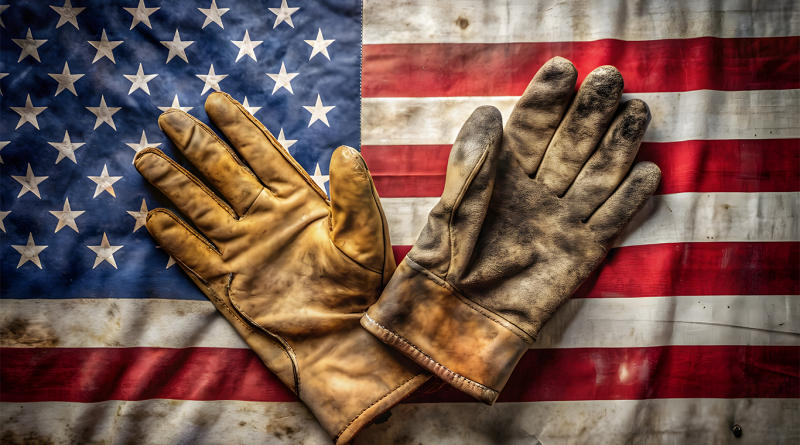Foreign Direct Investment is Transforming US Manufacturing Hubs
In recent years, US manufacturing has experienced a revival, fueled by a combination of foreign investment and federal policies. While initiatives like the CHIPS Act and Inflation Reduction Act (IRA) have spurred domestic production, foreign direct investment (FDI) has emerged as a significant factor in driving the industry’s growth.
In 2024, US manufacturing construction has surged to levels over three times what it was just five years ago. A substantial portion of this boom is due to foreign companies investing in sectors such as semiconductors and electric vehicle (EV) batteries. South Korean firms like Hyundai and LG are at the forefront, investing billions to establish EV battery supply chains in the US. Similarly, over 40% of billion-dollar manufacturing projects since 2021 involve foreign firms, showing how critical FDI is to the growth of US manufacturing.
These investments are more than just financial—foreign firms often bring advanced technologies and processes to the US market. By collaborating with these international leaders, American manufacturers gain access to cutting-edge techniques that can help boost their own competitiveness.
Government Policies Driving Manufacturing Investment in 2024
The rise in foreign direct investment coincides with supportive government policies aimed at revitalizing US manufacturing. The CHIPS Act and IRA have been key drivers, providing substantial incentives for companies to establish advanced manufacturing operations in the US.
For example, foreign semiconductor companies like Taiwan Semiconductor Manufacturing Company (TSMC) and Samsung have invested heavily in US plants, particularly in regions such as Arizona. These investments not only strengthen America’s semiconductor supply chain but also bolster innovation and technological leadership in the global market.
In the clean energy space, the IRA has led to significant foreign investment in electric vehicle (EV) manufacturing. Ford’s $11 billion EV project, in partnership with South Korea-based SK On, highlights the importance of global collaboration in bringing advanced clean technologies to the US. As a result, manufacturing construction investments in the US reached a record $225 billion in early 2024.
The Impact of FDI on US Workforce and Technology Transfer
Beyond the financial impact, foreign direct investment plays a critical role in advancing the US workforce. Foreign-owned factories typically offer higher wages and employ more advanced technologies than many domestic operations. On average, these investments result in higher productivity levels across regions.
A striking example is BMW’s investment in South Carolina in the 1990s, which transformed the state into one of the most productive automotive manufacturing hubs in the country. This success was not just about creating jobs; it involved extensive collaboration with local educational institutions and workforce training programs. BMW’s efforts helped create a skilled labor pool that benefited not only their plant but also the entire regional economy. Such knowledge transfer is key to the long-term benefits of FDI. Employees trained at foreign-owned factories often bring valuable skills to other companies, raising standards across the industry and fostering innovation.
Challenges and Risks of Foreign Direct Investment
While the benefits of FDI are significant, they do come with risks. One of the main concerns is that foreign companies may keep high-value production processes, such as research and development, in their home countries. This limits the long-term benefits for US regions that host these investments.
Moreover, not all FDI projects succeed. A well-known example is Volkswagen’s failed investment in Pennsylvania in the 1970s. Despite the company’s global reputation, its US factory suffered from quality issues and financial losses before eventually closing. The lesson is clear: for FDI to be successful, there must be strong alignment between the foreign investor and the local business environment.
On the other hand, success stories like BMW in South Carolina show that when foreign firms engage with local ecosystems—supporting suppliers, workforce development, and knowledge-sharing—the long-term benefits can be profound. These investments can create a virtuous cycle of growth, not just for the foreign firm but for the entire region.
The Future of Manufacturing in the US with Foreign Direct Investment
Looking ahead, foreign direct investment will continue to shape the future of US manufacturing. Regions such as Ohio, Arizona, and South Carolina are emerging as new hubs for advanced manufacturing, driven by FDI in sectors like semiconductors, electric vehicles, and clean energy.
The success of these investments will depend largely on the ability of foreign firms to collaborate with local businesses and institutions. Training programs, apprenticeships, and partnerships between domestic and foreign companies will be crucial in ensuring that these regions build a skilled workforce capable of supporting long-term growth.
As global companies continue to invest in US manufacturing, the potential for knowledge transfer and innovation remains high. Past success stories—such as Toyota’s open-door policy for factory tours in Kentucky—demonstrate how foreign firms can play a vital role in enhancing US manufacturing capabilities.
Sources:
